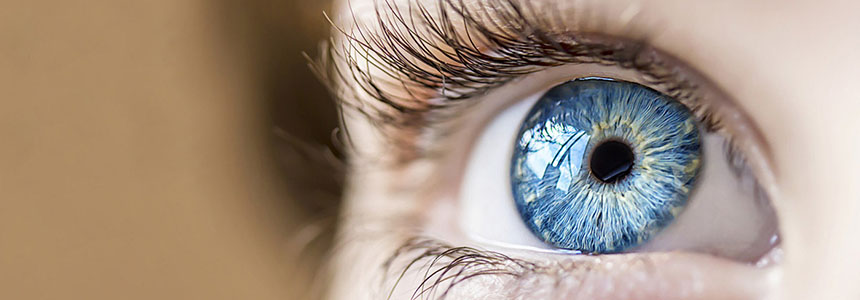Corneal transplants

A cornea transplant is an operation to remove all or part of a damaged cornea and replace it with healthy donor tissue. A cornea transplant is often referred to as keratoplasty or a corneal graft. It can be used to improve sight, relieve pain and treat severe infection or damage. One of the most common reasons for a cornea transplant is a condition called keratoconus, which causes the cornea to change shape.
What is the cornea?
The cornea is the clear outer layer at the front of the eyeball. It acts as a window to the eye. The coloured iris and the pupil (the black dot in the centre of the iris) can be seen through the cornea. The cornea helps to focus light rays on to the retina (the light-sensitive film at the back of the eye). This "picture" is then transmitted to the brain. When the cornea is damaged, it can become less transparent or its shape can change. This can prevent light from reaching the retina and causes the picture transmitted to the brain.
What does the procedure involve?
The type of cornea transplant you have will depend on which part of the cornea is damaged or how much of the cornea needs replacing.
The options include:
- Penetrating keratoplasty (PK): A full-thickness transplant rendered with stitches, which stay in for at least 12 months.
- Deep anterior lamellar keratoplasty (DALK): Replacing or reshaping the outer and middle (front) layers of the cornea.
- Endothelial keratoplasty (DMEK): Replacing the deeper (back) layers of the cornea. This procedure doesn't require stitches. It's held in place by an air bubble until a few days later when it naturally sticks to the deep layer of the cornea. A cornea transplant is carried out under general anaesthetic. The procedure usually takes about an hour and is a day procedure. If the procedure involves the transplantation of the outer cornea.
What are the risks of corneal transplantation?
As with all types of surgery, there is a risk of complications resulting from a cornea transplant. These can include the new cornea being rejected by the body, infection and further vision problems. Around 95% of full-thickness (penetrating) cornea transplants in low-risk conditions, such as keratoconus, last at least 10 years.


